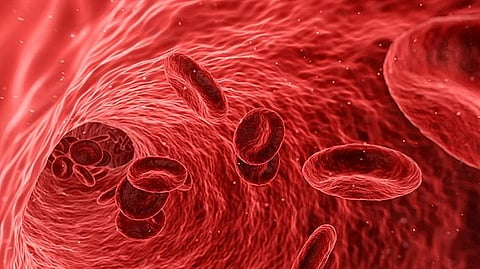“It has always been assumed that in order for cerebral hemorrhage to occur, blood vessels need to be injured or disrupted. We found that increased red blood cell interactions with the brain capillaries represent an alternative source of development,” said co-corresponding author Xiangmin Xu, UCI professor of anatomy & neurobiology and director of the campus’s Center for Neural Circuit Mapping. “We need to examine in detail the regulation of brain capillary clearance and also analyze how that process may be related to insufficient blood supply and ischemic stroke, which is the most common form of stroke, to help advance the development of targeted treatments.”
Leveraging the broad, collaborative infrastructure and robust resources of the Center for Neural Circuit Mapping, other team members were Rachita Sumbria, co-first author/co-corresponding author and associate professor in the Chapman University School of Pharmacy; Hai Zhang, co-first author and postdoctoral researcher in UCI’s Department of Anatomy & Neurobiology; Rudy Chang, co-first author and Chapman University School of Pharmacy graduate student; Jiahong Sun, postdoctoral researcher at Chapman University; David Cribbs, professor-in-residence at UCI’s Institute for Memory Impairments and Neurological Disorders; and Todd Holmes, UCI professor of physiology & biophysics. (MV/Newswise)


